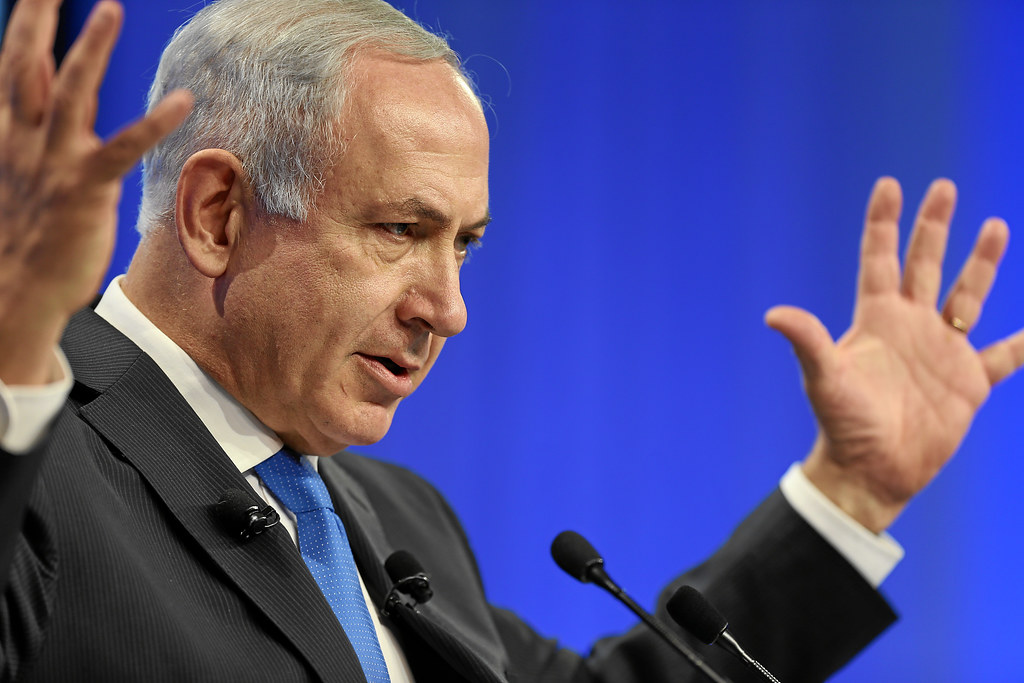At its St. Patrick’s Day banquet, the club would serve green bagels and kosher corned beef. Photo by flickr
At one time, early in the 20th century, the everyday language of Jews in Ireland was Yiddish.
According to Hasia Diner, a historian at New York University, Yiddish was heard in Irish Jewish butcher shops, markets and synagogues, particularly among older generations residing around Dublin’s historic Little Jerusalem.
The Jewish community in Ireland wasn’t large enough to have a printing press, but it did have a Yiddish theatrical group that staged productions into the 1950s. For a time, Jewish immigrants to America from Ireland spoke Yiddish with an Irish brogue.
And some of them formed a group — complete with tongue-in-cheek name — called the Loyal League of Yiddish Sons of Erin, which committed itself to, among other pursuits, celebrating St. Patrick’s Day by incorporating elements of the Jewish holiday of Purim.
One of its members, Rosalyn Klein, claimed the organization began as a joke — and a bit of marketing for a well-known Jewish Romanian steakhouse in New York, Moskowitz & Lupowitz, to get more people in the door.
The League, which held monthly meetings at the union hall and an annual summertime picnic in the Catskills, would celebrate its signature events with green matzoh balls, kosher corned beef, and green bagels — sometimes made with potato flour.
(Celebrating St. Patrick’s Day with a Jewish twist wasn’t limited to the Loyal League, though. In March 1982, the New York Times reported that a member of Republican Congressman Lawrence J. DeNardis’s staff suggested the perfect Irish topping for a green bagel: “If you put lox and cream cheese on one of these bagels, you’d have the colors of the Irish flag.”)
Crowning the celebrations at the Loyal League’s annual gala was the nomination of a “Colleen” Queen Esther for the year. This crossroads of culture and identities touched on the many vibrant intersections of global Jewry.
And like much of global Jewry, after the heyday of immigration waned, the LLYSOE had to adapt.
A 1962 article from the Rhode Island Herald, which identified Gerald Deitz as the president of the Loyal League of Yiddish Sons of Erin, noted that membership eligibility “is confined to persons of the Jewish faith born in Ireland.”
But by the time Michael Mann, a Dublin-born Jew who left Ireland for better opportunities in 1937, took over the group’s leadership later in the 1960s, change was needed. Under his leadership, the organization expanded to include anyone Jewish with at least one Irish relative. Included among its members were the married comic duo Jerry Stiller and Anne Meara, who also performed at the Loyal League of Yiddish Sons of Erin’s annual banquet. (Meara was of Irish descent.)
According to a 2013 NPR report about the Loyal League, Bernetta Nelson, who joined her mother in the Loyal League in the late 1960s, said that when the group got together, “it was like a family, it was a party. Somebody would take out a harmonica and start playing, and they’d all start singing. It was really a hoot.”




















